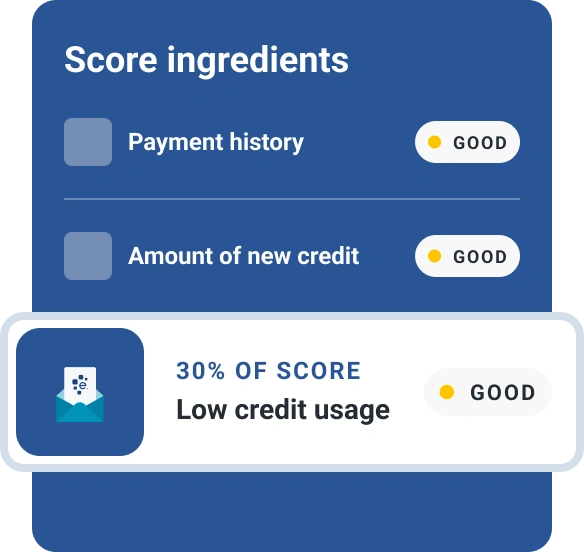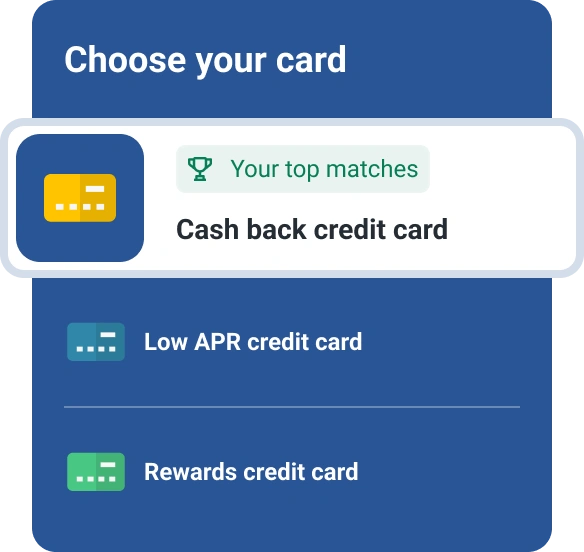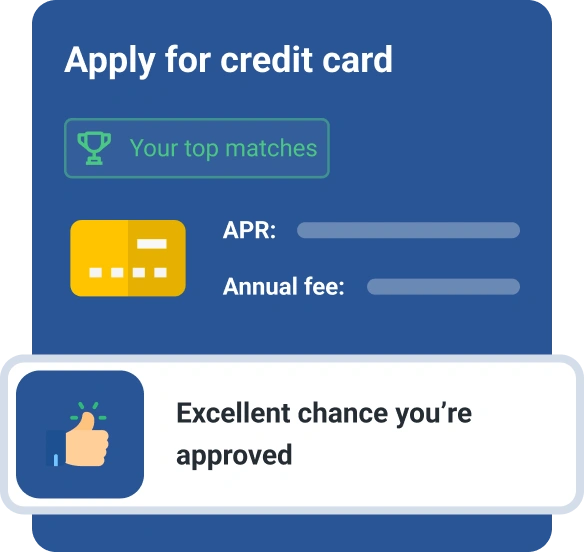What Is a Statement Credit?
Quick Answer
A statement credit is money posted to your credit card account, reducing your balance. You might receive one for a refund on a purchase, redemption of credit card rewards or another reason.

When your credit card issuer puts money into your card account, you receive a statement credit. Statement credits can be triggered by a number of circumstances, including refunds on items purchased with the card, reversal of a disputed transaction or rewards earned.
A statement credit reduces the amount you owe on your credit card and appears in your transaction history as a negative number, like a payment. It can't take the place of a required monthly payment, however.
What Is a Statement Credit?
A statement credit is a credit card transaction in which money is posted to your credit card account. It reduces your outstanding balance or, if the amount of the credit exceeds your balance, it may be applied against future charges. Depending on the details of your cardholder agreement, a statement credit may also be put toward your card's annual fee (if any) or certain other fees.
Statement credits appear in your transaction history as negative amounts, or deductions from your outstanding balance, just as your card payments do. It's important to note, however, that a statement credit cannot take the place of a scheduled payment: If you still have an outstanding balance after receiving a statement credit, you are required to make your minimum payment for that billing cycle. This is true even if the statement credit equals or exceeds the amount of that required payment.
When You May Receive a Statement Credit
Here are some scenarios where you might receive a statement credit:
You Returned an Item Purchased on the Card
If you return an item you bought using your credit card, the merchant will likely issue a refund in the form of a credit to your account. If this occurs, your card issuer will post the returned purchase amount as a statement credit, with a notation indicating the source of the refund.
You Redeemed Rewards or Points
Certain rewards credit cards allow you to redeem bonus points or other rewards in the form of a statement credit. Redemption policies vary by card and issuer, so check your cardholder agreement to see if this is an option for your cards.
You Made a Qualifying Purchase for a Statement Credit Offer
Some card issuers offer periodic deals or special rewards on purchases from affiliated merchants or service providers. These rewards may be issued in a variety of forms, including statement credits.
You Qualified for a Welcome Bonus
Some credit cards feature introductory offers that promise to pay you a certain bonus amount if you charge a specified amount within the first few months after you open your account. These bonuses are typically issued in the form of statement credits.
You Disputed a Charge on Your Credit Card
If a charge you don't recognize appears on your card statement, or the card issuer mistakenly charges you a fee or penalty, you can and should contact the card issuer to dispute those charges. Once the issuer investigates and confirms a transaction was made in error (or was fraudulent), they'll likely reverse the charges by issuing a statement credit.
A Price Was Adjusted
Some merchants (and a few credit card issuers) offer price protection, which reimburses you if the price on an item you buy with your credit card drops within a certain amount of time after your purchase. In that case, the difference between what you paid and the new lower price may be refunded in the form of a statement credit.
Statement Credit vs. Cash Back
Cash back is a type of credit card reward in which the card issuer pays you a percentage of eligible purchases you make on your card. In effect, it refunds you a portion of what you spend on the cash back card (subject to limitations spelled out in your cardholder contract).
Cash back rewards may be redeemed in a variety of ways, depending on card issuer policy. Your cash back card may give you the option of converting the reward into a statement credit, but cash back rewards typically are not automatically applied against your card balance the way statement credits are.
How to Use a Statement Credit
How you use a statement credit depends on which scenario applies when you receive your statement credit.
If You Have an Unpaid Balance That's Greater Than the Credit
In this case, you don't have to do anything to use the statement credit. The credit will simply be deducted from your balance, reducing the amount you owe. You must make the minimum payment indicated on your statement to keep your account in good standing.
If the Statement Credit Exceeds Your Outstanding Balance
Your account may show a negative balance, indicating that your card issuer owes you money.
For instance, let's say your card statement lists a $45 purchase and a statement credit of $100—a refund on a returned item you purchased and paid during the previous billing cycle. Your statement balance will be -$55, indicating the card issuer owes you that amount.
That sum will be deducted from your balance when you use the card in the future. Alternatively, you may be able to request the credit as a check or electronic funds transfer. Check your cardholder agreement or speak with a customer service representative for details.
If the Statement Credit Equals Your Purchase Balance
In this case, your statement balance will be zero. This could occur if, for example, you didn't carry any balance forward from the previous billing cycle and the only transactions on your current card statement are the purchase of an item you returned and the refund on that purchase. The transactions cancel each other out, leaving you with no outstanding balance and no required payment.
The Bottom Line
A statement credit is a negative you can feel positive about, since it reduces the amount you owe on your credit card. Incentives that take the form of statement credits, such as welcome bonuses, can bring significant savings, as long as you take care not to get overextended with your credit.
If you are shopping for a credit card with a welcome bonus or cash back rewards, consider using Experian's free credit card comparison tool to help you find a card you're likely to qualify for based on your credit profile.
Don’t apply blindly
Apply for credit cards confidently with personalized offers based on your credit profile. Get started with your FICO® Score for free.
See your offersAbout the author
Jim Akin is freelance writer based in Connecticut. With experience as both a journalist and a marketing professional, his most recent focus has been in the area of consumer finance and credit scoring.
Read more from Jim

